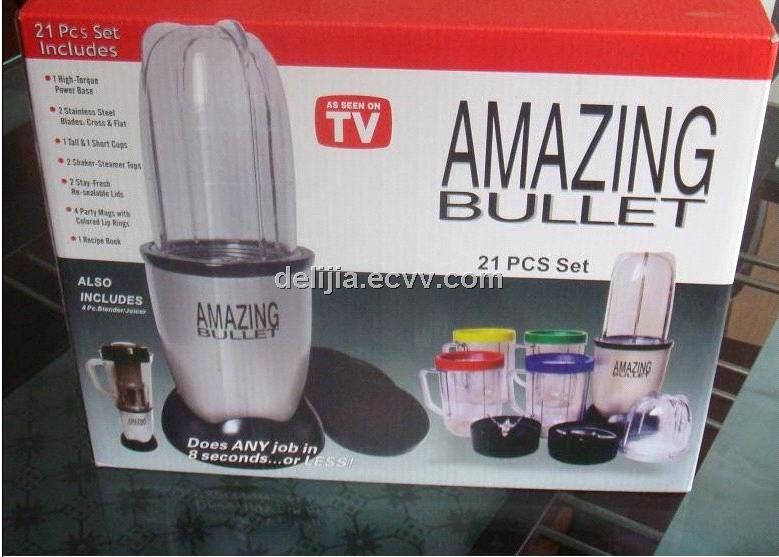


Like I wrote above, the only missing feature is mesh-stitching to close the gap, and some adjustment to the real-time 3d viewer to fix the camera alignment. It also lets you use an equirectangular panorama to generate a 360 panoramic 3d mesh. The most important feature besides all the extra details it catches is that it's based on real-world metrics, which returns distances that are closer to what we would expect in reality. This is going to make your job so much easier: įirst, the Zoe-Depth algorithm is WAY better than the previous ones like Midas and LeRes to extract depth maps from a single picture. Image to 3d: returns a 3d mesh deformed according to the depth estimationģ60 panorama to 3d: this is the one ! Creates a 3d spherical mesh with deformation based on estimated depth values.
#MAGIC PHOTO BLENDER FREE#
There is a free online demo of the algorithm itself on Huggingface - try it, the nice detailed depth maps it produces should convince you instantly.Īs for the Zoe-Depth extension for A1111, it has its own tab in the GUI (separate from the depthmap extension tab) and when you open it, there are 3 different sub-tabs that are accessible:ĭepth prediction: returns a 16 bit PNG depth map Zoe-Depth is one of the most recent depth estimation algorithms and it was made into an extension for A1111 a couple of weeks ago. It does break a couple of things, but it also helps with some others, like the Latent-Couple extension, which now works "as is". I have indeed upgraded Gradio to 3.23 with the last A1111 update.

Thanks a lot for your very informative reply. I also tried the panorama viewer with a 20K (20480x 10240) picture but it doesn't seem to work - is there a max resolution setting I can change somewhere ? And probably with the developer of the depth-map extension as well as it has some clever options for 3d VR and inpainting.īy the way I did try the cubic map unwrapping function to facilitate the editing of seams and the polar pinching removal as per the workflow I demonstrated on your Github, but I could not get it to do anything. The developer has not touched this project for over two weeks now, but I believe there is some synergy to be arranged between you two when he comes back.
#MAGIC PHOTO BLENDER DOWNLOAD#
The 3d viewer has the camera sideways, which is not ideal for viewing, but the 3d model you can download from it is alright. The only missing function is the auto-stitching of the panoramic mesh. It does 3d mesh extraction from 360 panoramic pictures automatically in one shot using basically the exact same workflow I've been using manually for months in Cinema4d, and it achieves the same results, except this is so much quicker and so much simpler. Have you tried the Zoe-Depth 3d panorama tool ? I had the impression you did when I saw your 360 panorama video demo last week (I thought Zoe-Depth was what you were showing initially), but now I'm wondering if somehow you may have missed it. If using a handful of static images and just holding them in front of a camera wasn't a valid technique for animation, then ANIME would not exist as their entire process revolves around using the least amount of drawings possible.Īnd making a basic 3D scene and projecting a static drawing over it to give the illusion of parallax, which is what is done on the video from the OP is the core technique used on all modern digital matte painting process. The technique used to produce said sequence isn't important, and moving (or just holding) a camera over a static image is a very well known and used technique. Look up the definition of "pedantic", you will find your photo there.Īn animation is a sequence of images giving the illusion of movement. I'm trying to be pedantic? My dude, you are literally looking at a video, and declaring it not to be an animation because of some arbitrary standard that you decided in your head should be applied here, but no one else in the planet uses it.


 0 kommentar(er)
0 kommentar(er)
